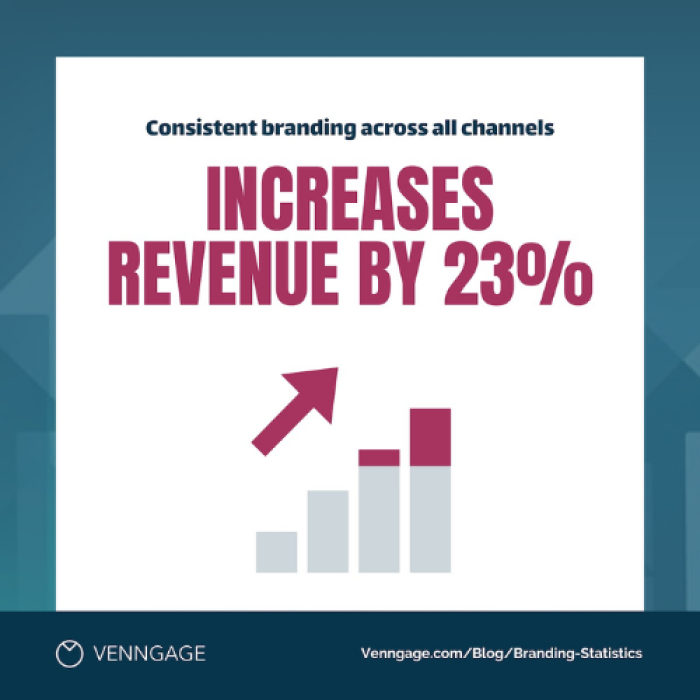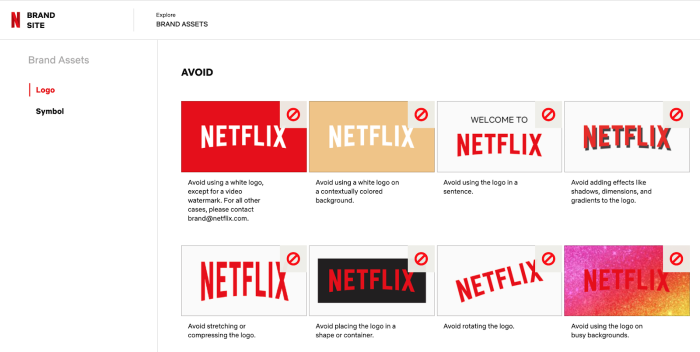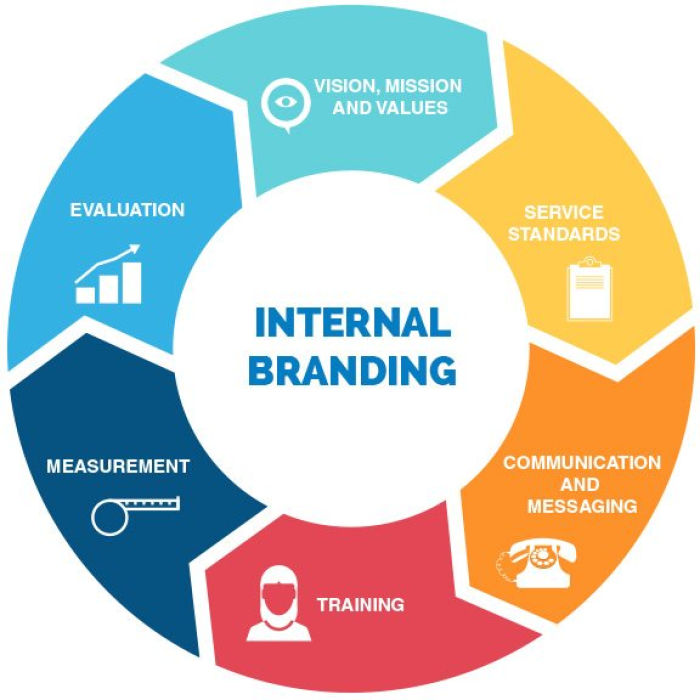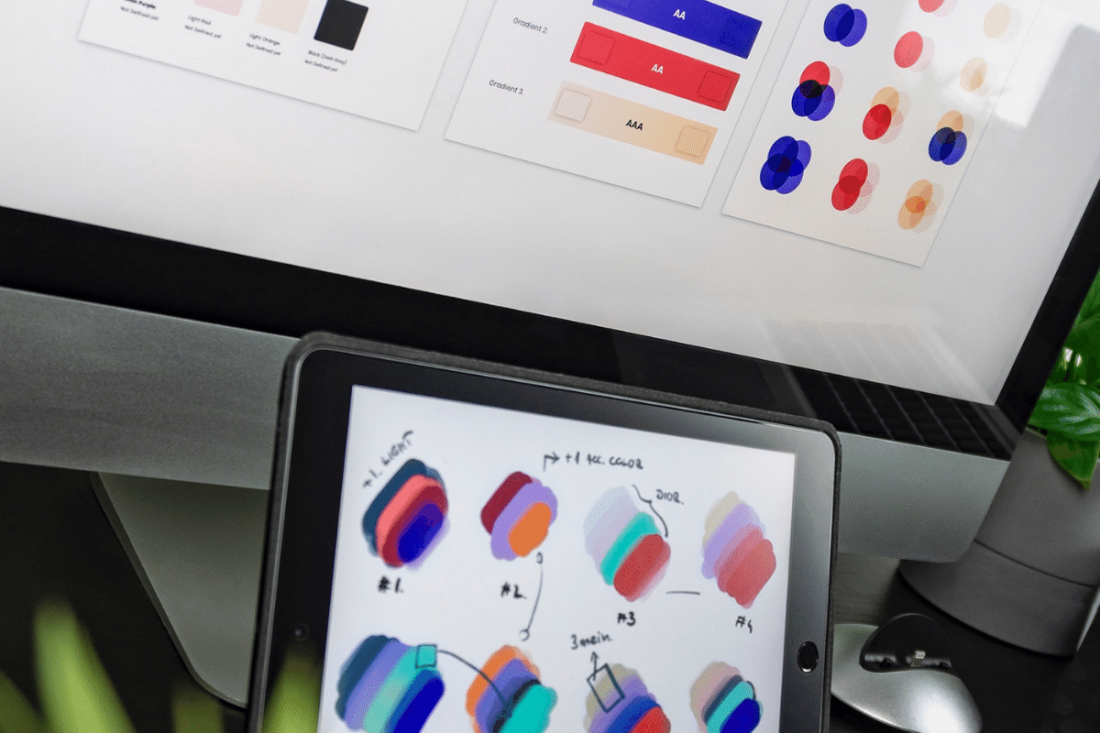Recently, I was on the hunt for some new winter activities, and I bought a board game about branding. To move ahead in the game, you need to name the company associated with the colors on a flashcard or name the business whose advertisements featured a recurring character—or even provide the tagline for a product.
The game is shockingly easy—mostly because the companies included have excellent brand awareness and even better brand alignment. Brand alignment across your marketing channels and throughout the customer journey is key—even if your company isn’t going to end up on a board game.
In this guide, I’m sharing six strategies to ensure brand alignment. We'll go over how to create brand guidelines, how to use your brand story and mission statement, how to outline your brand voice, and more.
Before we jump into these strategies, let’s go over what brand alignment is and how it can lead to better business.
Brand alignment is the practice of keeping all of your company’s communications, visuals, and interactions in line with your brand promise and identity.
Consistent brand alignment across channels will help people quickly recognize your brand and become familiar with it.
Create an identifiable brand identity that is used both externally and internally; your employees should get the same key messages and brand strategy as your customers.
Your brand story, mission statement, and company's values are valuable tools for brand alignment, they can be used as goalposts for your branding.
A well-aligned brand has a consistent tone of voice that is used internally and externally (including with prospects), but it's ok to adapt some of the messaging across channels.
Make your brand guidelines accessible to everyone in your organization to help your employees understand how to apply them to their work.
What is brand alignment?
Brand alignment is the practice of keeping all of your company’s communications, visuals, and interactions fit your brand identity.
This isn’t a new process, but it has gotten more challenging recently. According to Forbes, before the internet, marketers needed to ensure that a billboard aligned with a TV commercial. Now, consumers expect a cohesive brand experience across channels, including your website, social media profiles, marketing emails, in-app messaging, out-of-home advertising, and online ads. And this is in addition to any commercials, billboards, or other out-of-home advertising mediums.
Keeping all of these channels aligned is hard work—but the payoff is worth it.
So why does brand alignment matter for your business?
Branding helps people recognize your company or product. When you’re consistent with brand alignment across channels, you help people recognize your brand and become familiar with it quickly.
This is important because most consumers expect a cohesive brand experience across channels, but they’re also more likely to purchase services or products from a brand that they recognize and trust. In fact, consistent brand across channels can increase revenue by 23%.

(Source)
The benefits of brand alignment aren’t exclusive to growing your customer base, either. 82% of people view brand strength as a key consideration when investing in a company. Even if you’re not currently raising money, this is useful information—your brand alignment helps experts determine how authoritative your company is in your industry.
Focusing on your brand’s alignment can help grow awareness, establish your authority, and even generate revenue. Here’s how to make sure your brand stays consistent across your marketing channels, and throughout the marketing funnel.
Are you delivering your brand promise?
A brand promise tells your customer what they can expect from your brand. It's a short statement that succinctly explains what you're doing and for whom.
A strong and committed brand promise will highlight your company's value and connect your brand with both customers and employees. It should also translate into your product experience, tailored to what your users are expecting.
Brand alignment will help you make sure you are delivering your brand promise and avoid letting customers (and employees) down.
How to ensure brand alignment
Now that we’re clear on what brand alignment is and why it’s important for your business, let’s talk about how you ensure brand alignment across marketing channels and throughout the funnel.
1. Create brand guidelines for your company
Your brand’s visual identity is likely the first thing someone interacts with, and it’s also something that your prospects and customers will continue to interact with. Because so much of our information is consumed online each day, this visual will likely include your website, search ads, or social media profiles. But this could also be a YouTube video ad, a Display banner, or a guest post on an industry blog; it could be a subway advertisement, a webinar email, or merch from a recent conference.
People are going to interact with your brand through all of these channels, and you need to provide a consistent experience despite the different mediums. That’s why it’s important that all of your brand visual identity is really well defined. The best way to ensure brand alignment here is to create clear visual guidelines that should include these elements:
Typography
Image styles
Composition styles
Memorable color patterns
Defining these elements is a great start, but you’ll need to provide more information for context in a brand style guide to ensure that these visual elements are used consistently.
For example, you should outline how your logo design should be used against different background colors, and you’d want to write out which fonts are acceptable for headers, body paragraphs, captions, and other text. It's always a good idea to be exhaustive with your list of specifications because this will set the precedent for all future branded images, content, and usage of your logo in any given context.
For example, Netflix has a really great guide to using its visual assets, including how not to use the logo.

This might seem like overkill, especially if you’re a small marketing team. But having all the acceptable usages written out ensures that any new team members get the same guidelines, and anyone with questions can double-check the same visual standards.
💡 With Chameleon, you can set your own brand colors to ensure consistency in your in-app messaging.
2. Focus on internal branding
Remember all those examples of brand visuals from the last point? Billboards, search ads, social profiles, guest posts—and the list goes one. Well, if we expand beyond visuals, we get a ton more. Confirmation emails, marketing webinars, blog posts, sure, but also SMSs from the sales team, check-in calls with customer support, Slacks, or posts in your online community.
All of these interactions, even the smallest messages, are representations of your brand. To ensure alignment, you need to treat every interaction as a brand experience.
That’s where both internal and external branding come in.
External branding is what we’re all familiar with—how your company differentiates itself to consumers and industry professionals. If you want to know more about how to reinvigorate your external branding, you can check out the branding trends for 2022.
Internal branding is how your company positions itself for employees.

Your employees are so often representing your brand, so it’s important that they’ve internalized the brand identity to keep the internal brand alignment in check. Make sure that your employees are hearing the same messages your prospects are, seeing the same brand visuals, and participating in the same brand story—more on this story in a minute.
3. Use your brand story and your mission statement
Your brand story explains why you exist, and your company’s mission statement states what you’re working towards. These are useful tools for brand alignment. You can use these two statements as goalposts for your branding. Everything you’re doing should fit into your brand narrative, building on your story and working towards your mission.
If you don’t have a brand story yet, it’s worth taking the time to brainstorm and define this. Focus on identifying why your company exists today and how it came to be. When you’re writing, make sure your brand story is simple and keep your expertise narrow to keep it compelling and memorable.
Similarly, you need to have a well-defined mission statement. This defines the purpose of the company and what you’re working to achieve. When you’re writing this, focus on the bigger-picture goal rather than the business objective.
For example, Sweetgreen's business objective is probably to sell more salads or to open more stores to sell more people more salads. Overpriced, fresh, delicious salads. But here’s its mission statement:
“Our mission is to inspire healthier communities by connecting people to real food.”
Here, Sweetgreen focuses on the bigger-picture goal—not just slinging salads, but making an impact on food in communities.
Take a look at sweetgreen’s brand story here, too.
4. Outline your brand voice
As a content marketer, I read lots of blog posts and work with lots of different writers. When I’m working with writers regularly, though, I start to notice patterns. Someone uses adjectives like “metal” and “face-melting.” Someone squeezes a “therefore” in whenever they get the chance. Someone favors a frenetic pace with lots of short, simple sentences.
These patterns of word choices and sentence structures develop the writer’s distinct voice that quickly becomes recognizable. The same patterns can help your brand to define an engaging, identifiable brand voice.
According to the Content Marketing Institute, your brand voice guidelines should include views on:
Word length
Sentence length
Cliches
Jargon
Contractions
Colloquialisms
Pronouns
Because different channels have different levels of formality, it’s okay if these change slightly from, say, your whitepapers to your tweets. That’s why it’s a great idea to have a tone and voice guide that includes directions and examples for each channel; e.g. for social media moderation.
Not sure where to start with your brand voice? Take a look at your current content first. Note where there are big differences, and then consider what you want to keep and what you want to change.
5. Don’t stop with brand alignment for prospects
We’ve already talked about the benefits of keeping consistent across your marketing channels. Brand alignment is vital for marketing and advertising, but it’s also crucial for customer interactions
Staying consistent with your brand is an important user onboarding best practice, too. The same engaging brand voice, compelling story, and appealing visuals that made you stand out against competitors can help your users foster a connection with your brand once they’re using the product.
Here’s a great example of this consistency from Monday.com, a project management tool with awesome marketing. This is a quick video that also runs as a YouTube ad:
The brand colors, the upbeat tone, and the playful presentation are engaging, and they’re on brand. Now, check out this onboarding tutorial:
The brand colors are consistent. Even more importantly, the music is upbeat and the presentation is playful, too. With interjections like “the list goes on and on,” and “one last thing,” the video adds humor and emotional appeal while still remaining informative.
Staying on brand during your customer onboarding and beyond will help with better customer retention and even better user engagement.
6. Share your guidelines for better brand alignment
Brand alignment doesn’t start and stop with marketing, you need to also make sure you align your brand internally. We covered this when we talked about why internal branding is important. The final logical step? Make your brand guidelines accessible to everyone in your organization.
The best way to do this is simple: Create a shared document or page, and let everyone know it’s there. The document can live in a company drive or on a branding microsite, as long as everyone in the company has access to view it. You should keep this document up to date, and make sure to alert key stakeholders about any big changes.
Keep your focus on brand alignment
The benefits of brand alignment can be huge for your business—improved brand, stronger brand loyalty, increased revenue, and even better customer retention. So use these tips to keep focused on brand alignment so that you can start seeing these benefits for your company today!

Weekly advice to make your product stick 💌
Be the first to get the latest product best practices and resources




